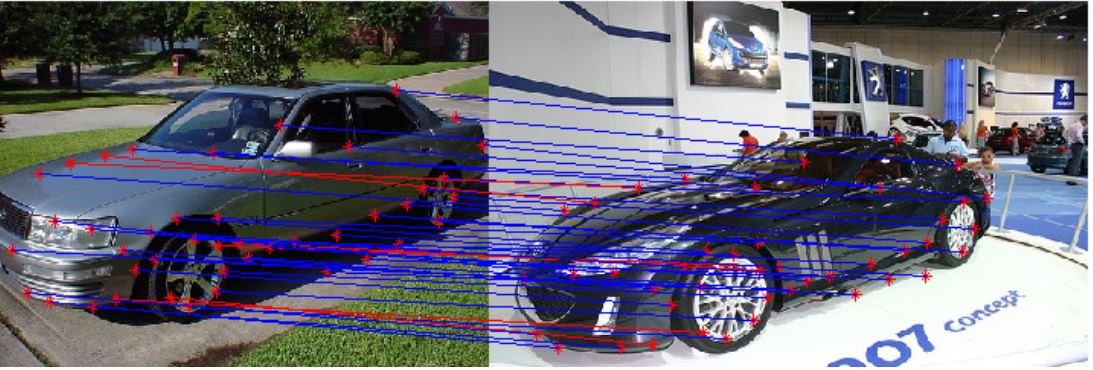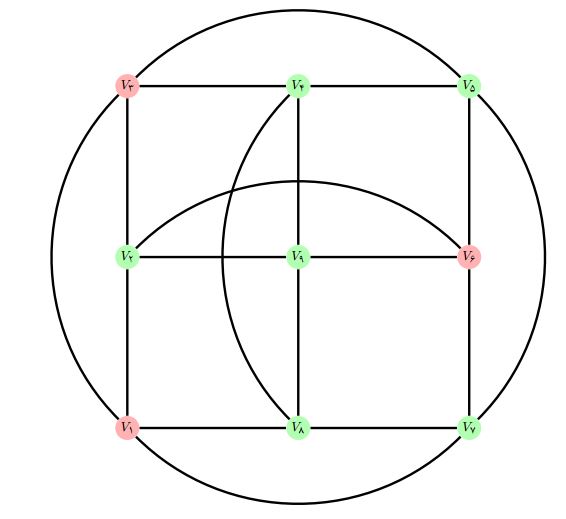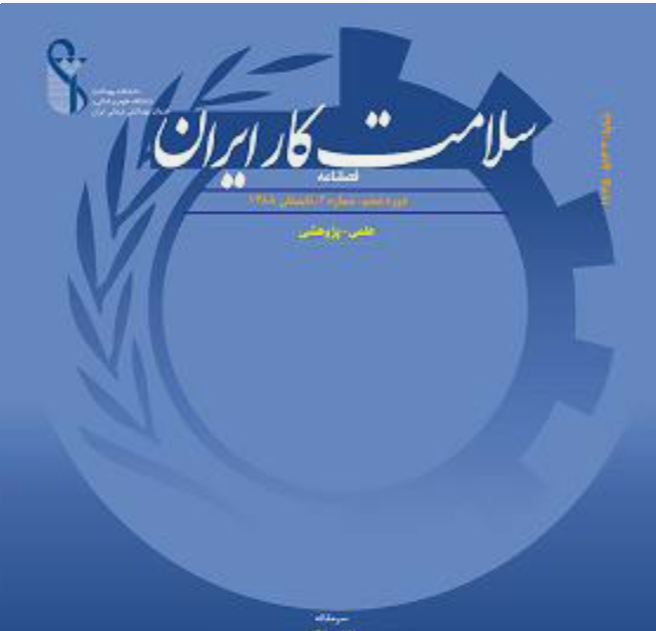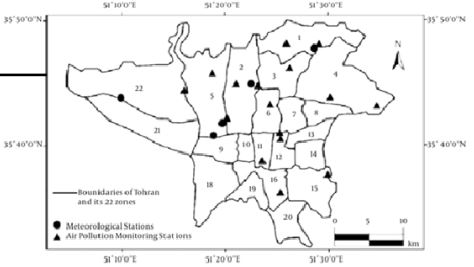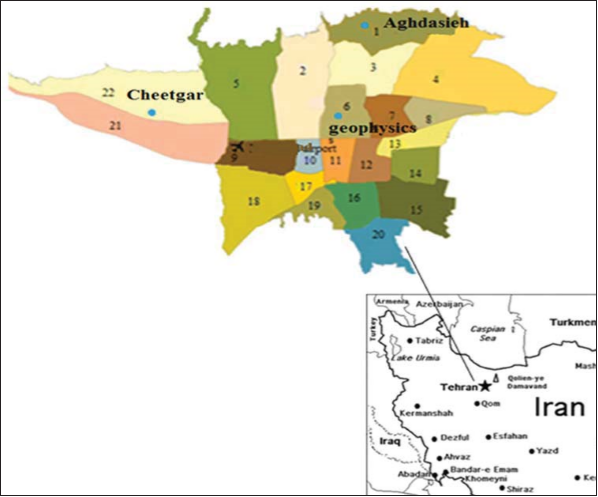Soft Computing
A Flexible Approach for Computer Science Problems
Soft computing is a branch of computer science that deals with system solutions based on artificial intelligence and natural selection. Soft computing techniques are able to handle imprecision, uncertainty, partial truth, and approximation, which are often encountered in real-life problems. Soft computing techniques are also adaptive, learning from data and experience, and can cope with dynamic and complex environments.
Soft computing includes various methods, such as:
- Genetic algorithm (GA): A population-based optimization method that mimics the process of natural evolution. GA works by generating and evaluating candidate solutions using operators such as selection, crossover, and mutation.
- Neural network (NN): A computational model that simulates the structure and function of biological neurons. NN works by processing information through layers of interconnected nodes that can learn from data and adjust their weights accordingly.
- Fuzzy logic (FL): A logic system that allows for degrees of truth rather than binary values. FL works by using fuzzy sets and rules to represent and reason with vague and uncertain information.
- Evolutionary algorithms (EA): A type of meta-heuristic algorithm that are inspired by the process of natural evolution. They work by maintaining a population of candidate solutions that undergo selection, crossover, and mutation operators to generate new solutions. Some examples of evolutionary algorithms are differential evolution, particle swarm optimization, and ant colony optimization.
Soft computing has many applications in different domains of computer science, such as:
- Timetabling: The problem of assigning tasks or events to time slots and resources, such as classes to rooms and teachers. Soft computing can help to find feasible and optimal timetables that satisfy various constraints and preferences.
- Location problems: The problem of finding the best location for a facility or service, such as a warehouse, a hospital, or a fire station. Soft computing can help to find optimal locations that minimize costs, distances, or risks, while considering various factors and uncertainties.
Here, we will share some of our previous works in the area of soft computing and its applications. We will show how soft computing can help us solve various computer science problems that are challenging and complex. We hope you will find these works interesting and useful. Since a separate post is considered for neural networks and deep learning, we omitted some of our NN works from here.
Fish school photo is from https://www.oceandimensions.com/shoal-or-school/.
References
2021
2020
2019
-
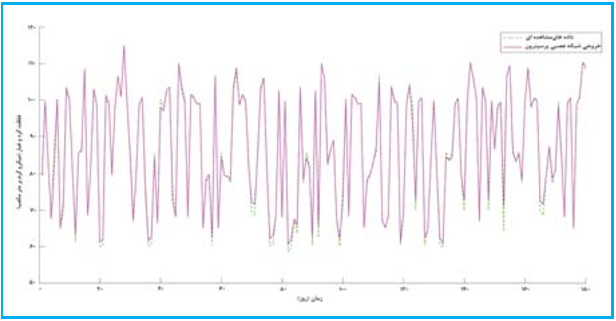 ارزیابی دقت شبکه های عصبی مصنوعی (MLP و RBF) در پیش بینی گرد و غبار کارخانه سیمان سبزوارفصلنامه پژوهش در بهداشت محیط, بهمن 2019Estimation of Artificial Neural Networks (MLP and RBF) Accuracy in Anticipation of the Dust of the Sabzevar Cement Factory, Journal of Research in Environmental Health)
ارزیابی دقت شبکه های عصبی مصنوعی (MLP و RBF) در پیش بینی گرد و غبار کارخانه سیمان سبزوارفصلنامه پژوهش در بهداشت محیط, بهمن 2019Estimation of Artificial Neural Networks (MLP and RBF) Accuracy in Anticipation of the Dust of the Sabzevar Cement Factory, Journal of Research in Environmental Health)
2018
2017
-
 ارزیابی عملکرد ماشین یادگیر نهایی در قطعهبندی تصاویرIn سومین کنفرانس بین المللی بازشناسی الگو و تحلیل تصویر ایران , بهمن 2017ELM Evaluation for Image Segmentation
ارزیابی عملکرد ماشین یادگیر نهایی در قطعهبندی تصاویرIn سومین کنفرانس بین المللی بازشناسی الگو و تحلیل تصویر ایران , بهمن 2017ELM Evaluation for Image Segmentation
2016
-
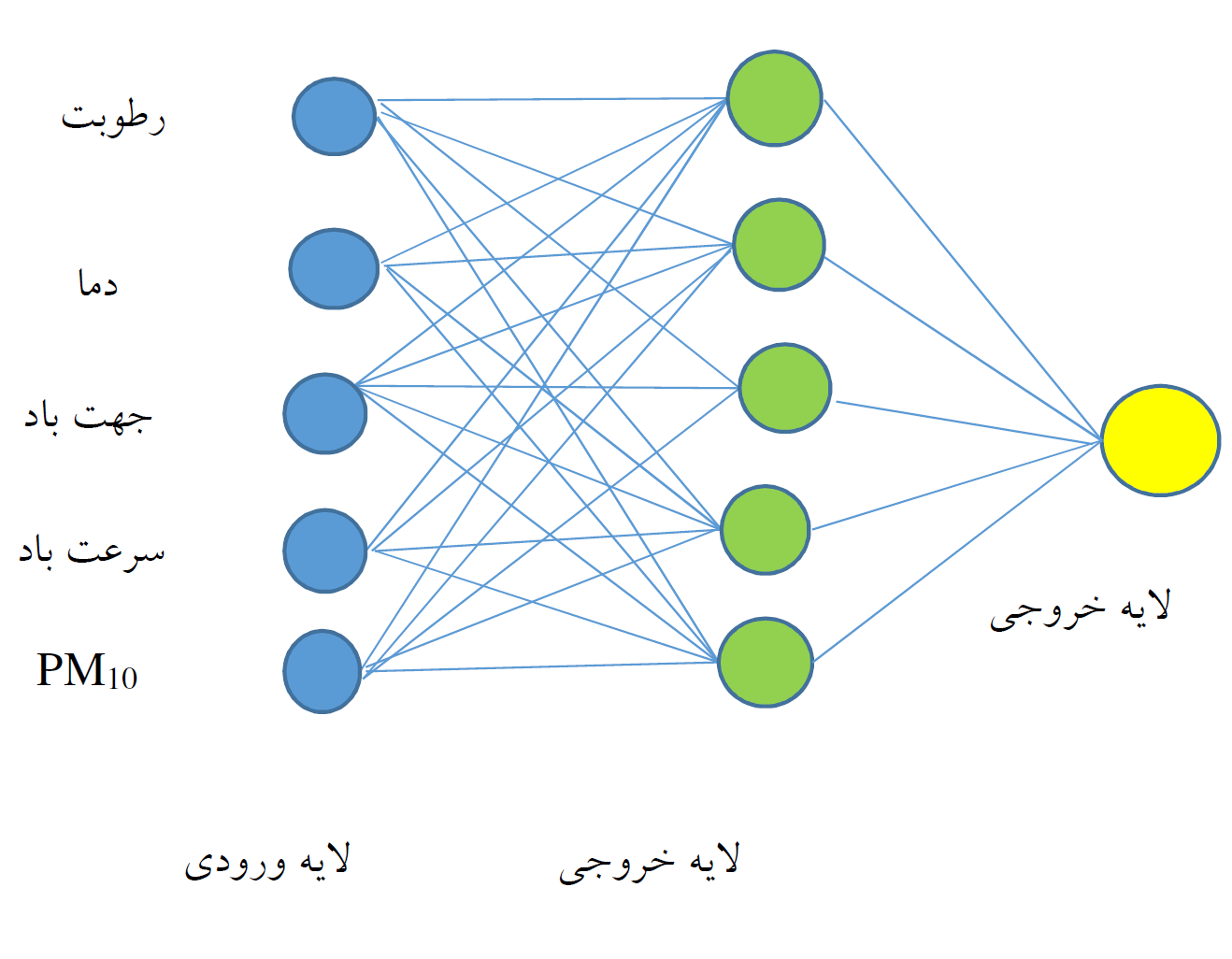 پیش بینی غلظت آلاینده های هوای شهر تهران بر اساس عوامل اقلیمی با استفاده از شبکه عصبی مصنوعیIn سومین همایش یافته های نوین در محیط زیست و اکوسیستم های کشاورزی, بهمن 2016Prediction of Meteorological Parameters in Tehran using ANN
پیش بینی غلظت آلاینده های هوای شهر تهران بر اساس عوامل اقلیمی با استفاده از شبکه عصبی مصنوعیIn سومین همایش یافته های نوین در محیط زیست و اکوسیستم های کشاورزی, بهمن 2016Prediction of Meteorological Parameters in Tehran using ANN
2014
-
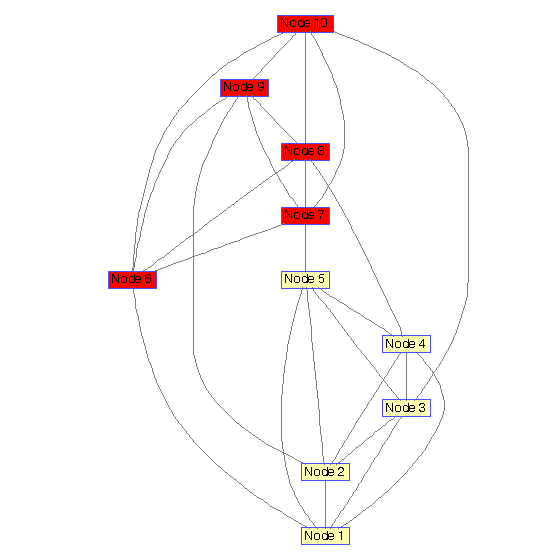 برش کمینهی گراف با شبیهسازی تبریدیIn هفتمین کنفرانس بینالمللی انجمن ایرانی تحقیق در عملیات, بهمن 2014Graph Minumum Cut using SA
برش کمینهی گراف با شبیهسازی تبریدیIn هفتمین کنفرانس بینالمللی انجمن ایرانی تحقیق در عملیات, بهمن 2014Graph Minumum Cut using SA -
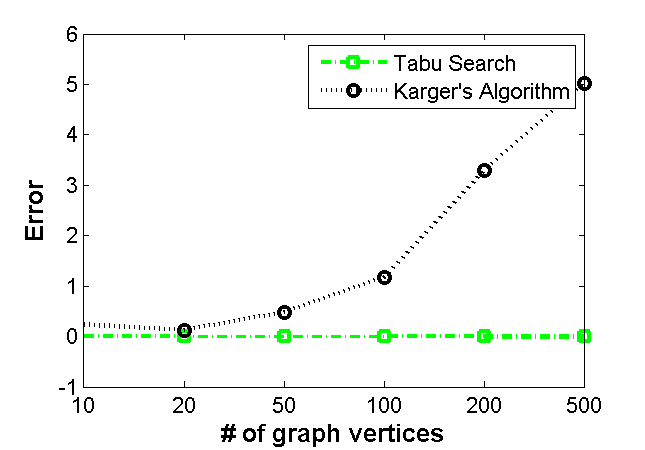 برش کمینهی گراف باجستجوی ممنوعهIn هفتمین کنفرانس بینالمللی انجمن ایرانی تحقیق در عملیات, بهمن 2014Graph Minumum Cut using Tabu Search
برش کمینهی گراف باجستجوی ممنوعهIn هفتمین کنفرانس بینالمللی انجمن ایرانی تحقیق در عملیات, بهمن 2014Graph Minumum Cut using Tabu Search -
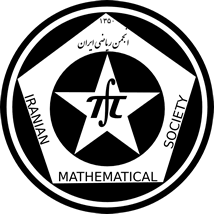 مسئله مکانیابی p -هاب با ظرفیت نامتناهی در حضور صف M/G/1In چهل و پنجمین کنفرانس ریاضی ایران, بهمن 2014Facility Location Problem in M/G/1 Queue
مسئله مکانیابی p -هاب با ظرفیت نامتناهی در حضور صف M/G/1In چهل و پنجمین کنفرانس ریاضی ایران, بهمن 2014Facility Location Problem in M/G/1 Queue
2013
-
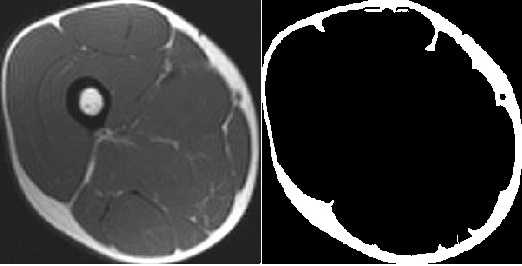 تشخیص ناحیه چربی در تصاویر MRI با استفاده از شبكه عصبی با كوپلاژ پالسیIn پنجمین کنفرانس ملی مهندسی برق و الکترونیک ایران, بهمن 2013MRI image Segmentation using PCNN
تشخیص ناحیه چربی در تصاویر MRI با استفاده از شبكه عصبی با كوپلاژ پالسیIn پنجمین کنفرانس ملی مهندسی برق و الکترونیک ایران, بهمن 2013MRI image Segmentation using PCNN
2007
-
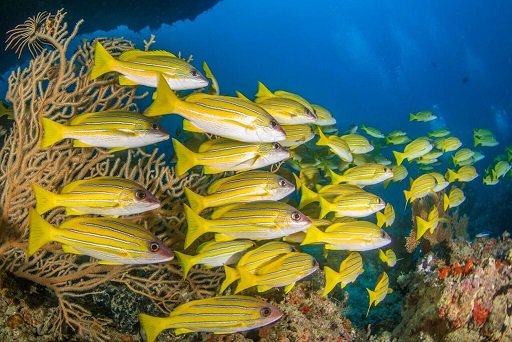 A Fish School Clustering Algorithm: Applied to Student Sectioning ProblemDynamics of Continuous Discrete & Impulse Systems, series B: Applications and Algorithms, Dec 2007Post Proceeding of LSMS2007, Life System Modeling and Simulation 2007, China
A Fish School Clustering Algorithm: Applied to Student Sectioning ProblemDynamics of Continuous Discrete & Impulse Systems, series B: Applications and Algorithms, Dec 2007Post Proceeding of LSMS2007, Life System Modeling and Simulation 2007, China -
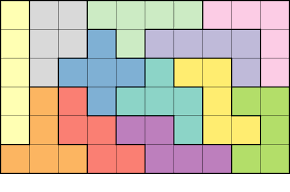 Using Pattern Matching for Tiling and Packing ProblemsEuropean Journal of Operational Research, Dec 2007Indexed by DBLP and SCOPUS
Using Pattern Matching for Tiling and Packing ProblemsEuropean Journal of Operational Research, Dec 2007Indexed by DBLP and SCOPUS
2005
-
 Feature Selection in A Fuzzy Student Sectioning AlgorithmLecture Notes in Computer Science, Dec 2005Indexed by DBLP
Feature Selection in A Fuzzy Student Sectioning AlgorithmLecture Notes in Computer Science, Dec 2005Indexed by DBLP
2004
-
 Fuzzy Student SectioningIn PATAT04: Practice and Theory of Automated Timetabling, Aug 2004
Fuzzy Student SectioningIn PATAT04: Practice and Theory of Automated Timetabling, Aug 2004 -
 کلاسهبندی فازی بهینه دانشجویان با استفاده از یک تابع فازی در حل مسئله برنامهریزی ژنتیکی دروس هفتگی دانشگاهIn نهمین كنفرانس سالانه انجمن كامپیوتر ایران, اسفند 2004Student’s sectioning using fuzzy inference system
کلاسهبندی فازی بهینه دانشجویان با استفاده از یک تابع فازی در حل مسئله برنامهریزی ژنتیکی دروس هفتگی دانشگاهIn نهمین كنفرانس سالانه انجمن كامپیوتر ایران, اسفند 2004Student’s sectioning using fuzzy inference system
2002
-
 A Genetic-Neuro Algorithm for Tiling Problems with Rotation and Reflection of FiguresIranian Journal of Science and Technology, Transaction B, Dec 2002Indexed by ACM
A Genetic-Neuro Algorithm for Tiling Problems with Rotation and Reflection of FiguresIranian Journal of Science and Technology, Transaction B, Dec 2002Indexed by ACM
2000
-
 جورچینی قطعات راست گوشه با استفاده از شبكه های عصبی و الگوریتم ژنتیكIn پنجمین کنفرانس سالانه انجمن کامپیوتر ایران, بهمن 2000Tiling Problem using Neural Networks and Genetic Algorithm
جورچینی قطعات راست گوشه با استفاده از شبكه های عصبی و الگوریتم ژنتیكIn پنجمین کنفرانس سالانه انجمن کامپیوتر ایران, بهمن 2000Tiling Problem using Neural Networks and Genetic Algorithm
